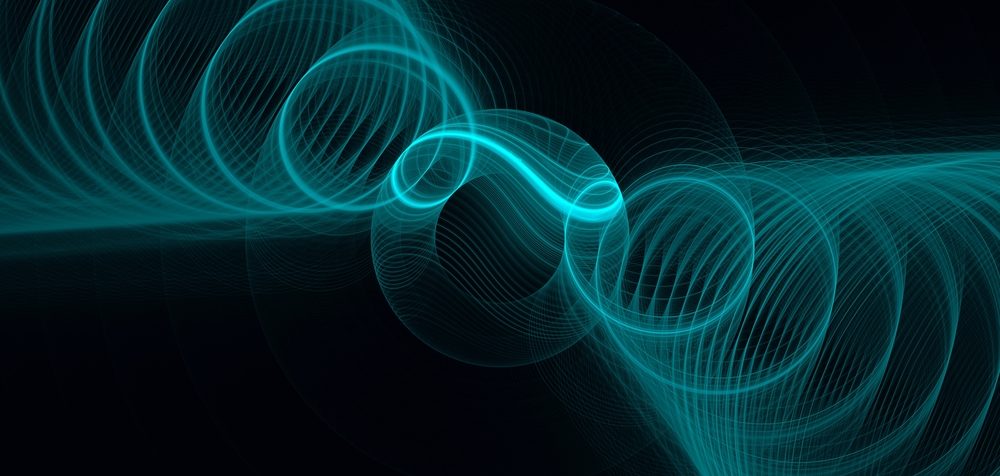
Tohoku University in Japan has led an international team in engineering a new energy-harvesting device that can transform vibrations from the surrounding environment into electricity. This technology could be used for making self-powered IoT sensors.
“Everyday items, from fridges to street lamps, are connected to the internet as part of the Internet of Things (IoT), and many of them are equipped with sensors that collect data,” says Fumio Narita, co-author of the study and professor at Tohoku University. “But these IoT devices need power to function, which is challenging if they are in remote places, or if there are lots of them.”
Their new energy harvester is made up of a carbon fiber-reinforced polymer (CFRP) that functions as both an electrode and a reinforcement substrate. The CFRP electrode provides excelent electrical conductivity and enhances the mechanical characteristics of the energy collector, to provide a steady electrical energy yield during resonance. The piezoelectric composite consists of potassium sodium niobate (KNN) nanoparticles mixed with epoxy resin.
Testing has shown that the CFRP-enhanced piezoelectric energy harvester (C-PVEH) could maintain high performance even after being bent more than 100,000 times. It is capable of storing the generated electricity and powering LED lights. It was also able to outperform other KNN-based polymer composites in terms of energy output density.
“As well as the societal benefits of our C-PVEH device, we are thrilled with the contributions we have made to the field of energy harvesting and sensor technology. The blend of excellent energy output density and high resilience can guide future research into other composite materials for diverse applications,” said Narita.
